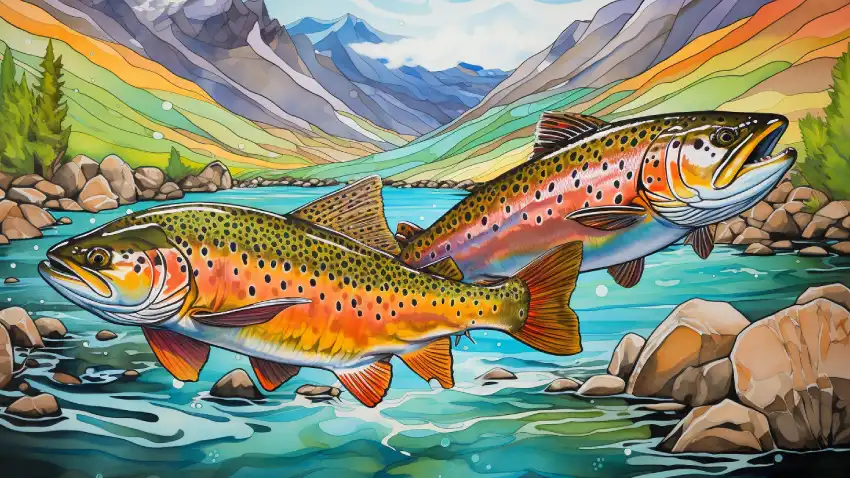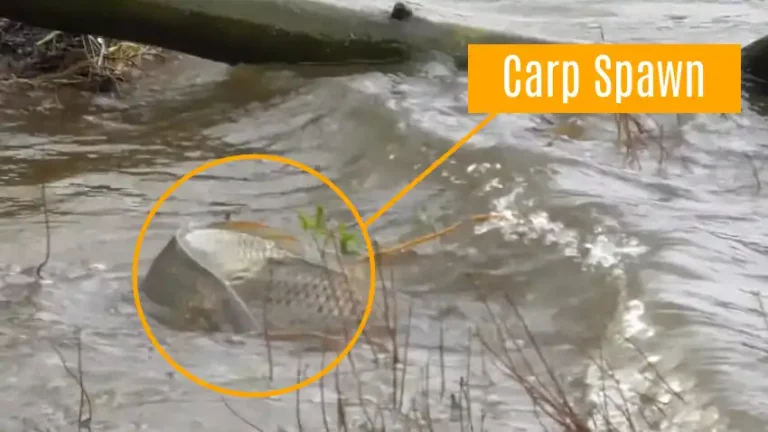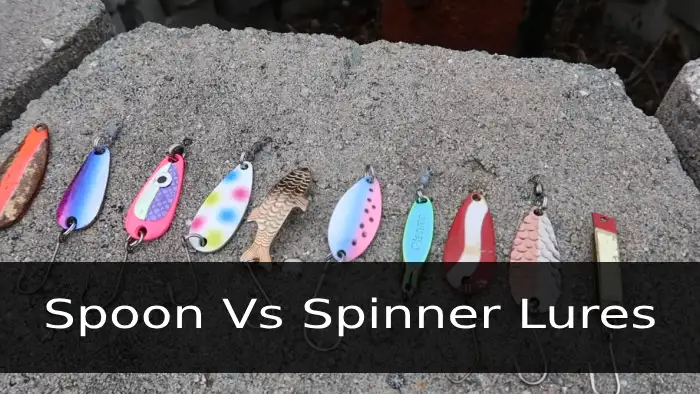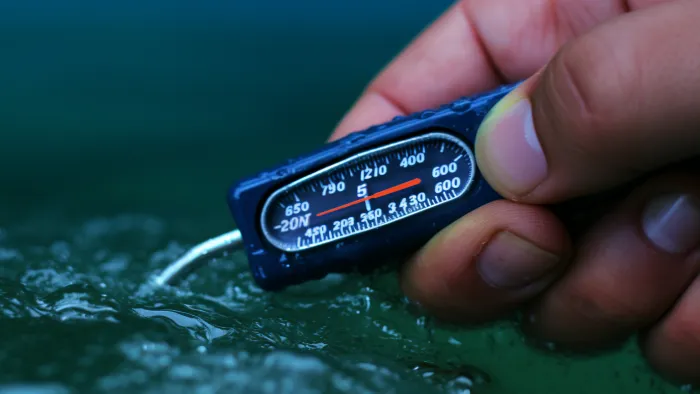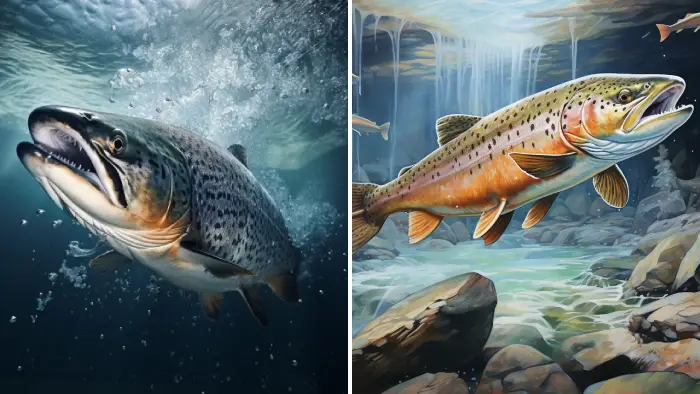Brook Trout vs Cutthroat Trout: 10 Differences While Fishing
Trout fishing is a beloved pastime for anglers, offering the opportunity to engage with various trout species, each with unique characteristics and challenges. Two popular trout species that often grace the angler’s tackle box are the Brook Trout and the Cutthroat Trout.
Brook Trout are typically found in mountainous streams at higher elevations and tend to be smaller, ranging from 6 to 16 inches long and 2 to 5 pounds.
In contrast, Cutthroat Trout inhabit a broader range of freshwater environments, including rivers and lakes, and are larger, growing up to 24 inches long and weighing 6 to 8 pounds.
In this article, we will explore the differences between Brook and Cutthroat Trout, focusing on fishing tips to maximize angler’s chances of catching a rewarding fish. You’ll discover how to make the most of your trout fishing adventures regardless of whether you’re an experienced angler or just starting out.
Differences Between Brook Trout and Cutthroat Trout Fishing
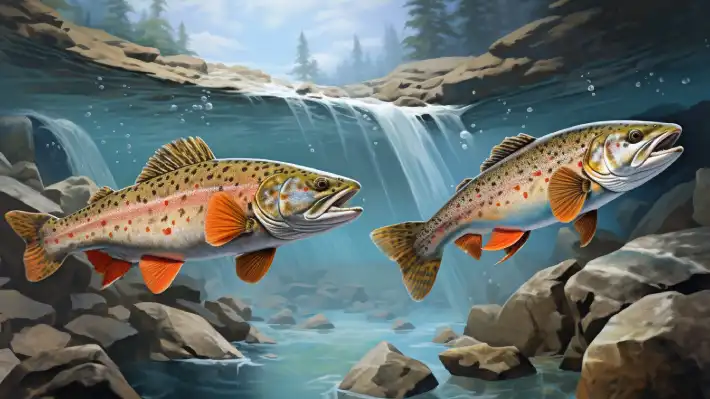
Several key points should be considered regarding the differences between brook trout and cutthroat trout fishing.
- Habitat preferences
- Feeding behavior
- Lure selection
- Fishing tactics
- Ease of catching
- Fighting style
- Enjoyment of the catch
- Size and weight
- Spawning seasons
- Conservation considerations
No 01. Habitat Preferences
To successfully target brook trout and cutthroat trout while fishing, you’ll need to understand the differences in their habitat preferences.
Brook trout are primarily found in clear, cold streams at higher elevations. These streams often have gravel bottoms and are characterized by fast-flowing, oxygen-rich water. Brook trout thrive in remote, mountainous areas that offer plenty of cover in the form of fallen logs and overhanging vegetation.
On the other hand, cutthroat trout have a broader range of habitat preferences. They can be found in both rivers and lakes, as well as smaller streams and even estuaries. Cutthroat trout are more adaptable and can tolerate a wider range of water temperatures and quality.
This versatility allows anglers to pursue cutthroat trout in a variety of locations, providing more fishing options.
No 02. Feeding Behavior
Brook trout are voracious feeders, readily striking at many lures and baits. They’re opportunistic predators that take advantage of any available food source, including insects, small fish, crustaceans, and even terrestrial prey that falls into the water.
In contrast, cutthroat trout are more discerning in their feeding habits. They prefer specific prey items, such as aquatic insects, crustaceans, and small fish. This selectivity in diet requires anglers to use a variety of bait and lures that mimic the preferred prey of cutthroat trout, increasing their chances of a successful catch.
Understanding these differences in feeding behavior is crucial for anglers targeting either species, as it will inform their choice of bait and presentation techniques.
No 03. Lure Selection
As an angler targeting brook trout and cutthroat trout, you’ll need to consider the differences in lure selection between these two species.
When fishing for brook trout, artificial lures such as spinners, jigs, and spoons have proven to be effective. Spinners imitate small fish and insects, while jigs mimic aquatic insects and larvae. Additionally, spoons can mimic injured baitfish, attracting the attention of brook trout.
Conversely, when targeting cutthroat trout, a more varied approach is required. Dry flies, such as mayflies, caddisflies, and stoneflies, are commonly used to mimic insects floating on the water’s surface. Stoneflies, spoons, spinners, and jigs can also be effective in different locations and conditions.
No 04. Fishing Tactics
Adaptability in fishing tactics is crucial for success when targeting brook trout and cutthroat trout.
Brook trout, being opportunistic feeders, are more likely to respond well to a more active approach using jigs and spinners. Their aggressive nature makes them more likely to strike at fast-moving lures.
Meanwhile, cutthroat trout have a preference for ambush tactics. This means that anglers must be patient and use various lures while waiting for the trout to strike. Slow-moving lures, such as soft plastic baits or wet flies, often entice cutthroat trout to bite.
No 05. Ease of Catching
Cutthroat trout, being native and abundant, are generally easier to catch compared to brook trout. The abundance of cutthroat trout populations gives anglers more opportunities to hook into these fish.
Cutthroat trout are known to be opportunistic feeders, readily striking at a variety of bait and lures. They’re less wary and can be easily enticed by well-presented offerings.
On the other hand, brook trout, particularly in overfished populations, have become more intelligent and elusive. They’re known for their wariness and selective feeding habits, which can make them more challenging to catch.
No 06. Fighting Style
Brook trout, known for their agility and speed, exhibit a vigorous and exciting fight. They utilize their streamlined body and strong tail muscles to generate quick bursts of speed, often employing zigzag movements to evade capture.
Their energetic fight requires anglers to maintain a firm grip on the fishing rod and be prepared for sudden changes in direction.
In contrast, cutthroat trout employ a different fighting strategy. These fish dive towards the bottom and seek cover, using rocks, logs, or vegetation to resist being reeled in.
They rely on their muscular body and broad caudal fin to exert force against the angler’s efforts. Anglers pursuing cutthroat trout should be prepared for substantial resistance and may need to exercise patience and skill to land these elusive fish successfully.
No 07. Enjoyment of the Catch
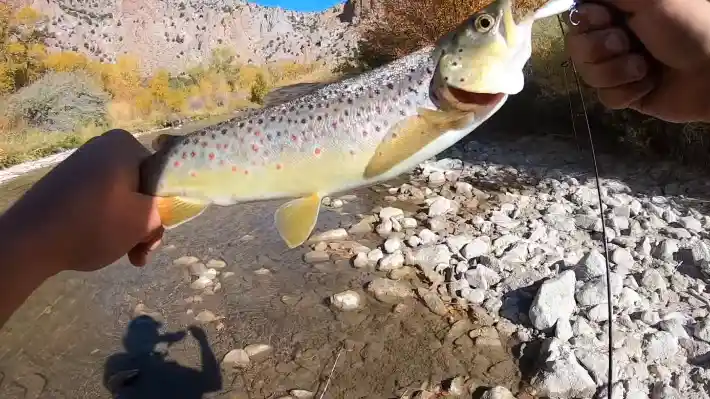
There are various acrobatic behaviors that Brook trout exhibit on the surface, including jumping and splashing. These activities provide a visually rewarding experience for anglers, adding to the excitement of the catch.
On the other hand, cutthroat trout may not exhibit the same level of acrobatics, but they’re highly sought after for their taste. With a cleaner and fresher flavor than brook trout, landing a cutthroat trout offers a different kind of satisfaction
It provides a tasty reward that enhances the overall enjoyment of the catch, appealing to those who appreciate the taste and quality of their catch.
No 08. Size and Weight
When targeting brook trout or cutthroat trout, it’s important to consider the differences in size and weight between the two species.
Brook trout typically range from 6 to 16 inches long and weigh between 2 and 5 pounds. These smaller dimensions make brook trout a popular target among anglers seeking a more manageable catch.
Meanwhile, cutthroat trout are larger, reaching 14 to 24 inches long and weighing around 6 to 8 pounds. Their impressive size makes them a desirable quarry for those seeking a more challenging and rewarding fishing experience.
Anglers should consider their preference for larger or smaller catches when deciding which species to pursue, as it will greatly impact the fishing experience.
No 09. Spawning Seasons
During the spawning seasons, brook trout and cutthroat trout exhibit distinct timing preferences for reproduction.
Brook trout, also known as Salvelinus fontinalis, spawn in the fall, typically between September and November.
They move to shallow areas of streams and rivers, where the female creates a nest, known as a redd, by displacing gravel with her tail. The female then deposits her eggs and the male fertilizes them.
As opposed to this, cutthroat trout spawn in the spring, usually between April and June. They prefer to spawn in cold and clear water, typically in areas with gravel or cobble substrate. The female cutthroat trout creates a redd similar to brook trout, and the male fertilizes the eggs.
Understanding the differences in spawning seasons is crucial for anglers, as it can affect fishing strategies and the best times to target each species.
No 10. Conservation Considerations
As an angler, you should be mindful of the conservation considerations when fishing for brook trout and cutthroat trout. It can significantly impact the balance between these two species.
Conservation efforts are critical in managing brook trout populations to protect native cutthroat trout. While introduced in some areas, Brook trout have the potential to displace native species like cutthroat trout, as is observed by fly fishing in Minnesota.
Therefore, knowing the conservation concerns and regulations in your fishing locations is important. This regulation can help maintain the delicate balance between brook trout and cutthroat trout populations as well as ensure their long-term sustainability.
Do brook trout eat cutthroat trout?
You will often find that brook trout tend to eat cutthroat trout. This is primarily due to the size disparity between the two species. When cutthroat eggs hatch, brook trout are already over 2 inches long, giving them a significant advantage in size and feeding capability.
As a result, brook trout can prey on smaller cutthroat trout, especially during their first year of life. This predation can hurt cutthroat trout populations, as it contributes to their reduced abundance and hinders their overall survival.
What are brook trout enemies?
Brook trout have several natural enemies. Predatory birds, such as herons and kingfishers, pose a threat as they can snoop and snatch brook trout from the water’s surface.
Northern water snakes are skilled hunters who prey on brook trout that venture too close to the water’s edge. Highly skilled swimmers, Otters can easily catch brook trout in their natural habitat.
Snapping turtles, known for their strong jaws, can quickly ambush and consume brook trout that swim within range. These enemies play a significant role in the predator-prey dynamics of brook trout populations and can significantly impact their survival and abundance.
Are cutthroat trout aggressive?
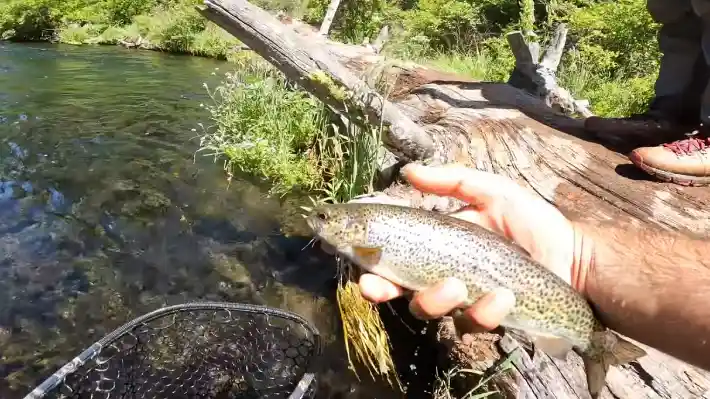
Cutthroat trout exhibit an aggressive feeding behavior, making them highly responsive to well-presented lures. Their agg ressive nature is evident in their territorial behavior and willingness to aggressively defend their feeding areas.
When encountering prey, cutthroat trout will swiftly strike, often resulting in a successful capture. This aggressive feeding behavior is attributed to their carnivorous diet, consisting of insects, crustaceans, and smaller fish.
Cutthroat trout use their acute vision and lateral line system to detect movement and vibrations in the water, allowing them to quickly locate and pursue their prey.
Their sharp teeth and powerful jaws enable them to inflict substantial damage on their prey, further highlighting their aggressive nature. Anglers can take advantage of this behavior by using lures that mimic the appearance and movement of natural prey, increasing the chances of a successful catch.
Do cutthroat trout eat other fish?
When fishing for cutthroat trout, it’s important to know that they have a diet that includes consuming other fish. Cutthroat trout are known to be opportunistic predators, and their feeding habits can vary depending on their habitat and available food sources.
In coastal areas, cutthroat trout feed on various prey, including sticklebacks, gastropods, and salmon fish eggs. However, they also have a carnivorous nature and will readily consume smaller fish if given the opportunity. This behavior is especially prominent during winter when insect activity is reduced.
Unraveling the Secrets of Brook Trout and Cutthroat Trout Fishing
While both brook trout and cutthroat trout fishing offer unique experiences, there are key differences to consider. Understanding the distinctions in habitat, feeding behavior, lures, and fishing tactics can significantly enhance your success as an angler.
While Brook Trout may offer more dynamic surface actions and Cutthroat Trout may captivate your palate with their exceptional taste, both species have their allure and intrigue. As you venture into the serene waters of trout fishing, remember that flexibility and adaptation are key.
Armed with the knowledge and tips outlined in this guide, you can embark on your fishing expeditions well-prepared to enjoy the beauty of nature and the satisfaction of a well-earned catch.

